 Every year during Festival season, we celebrate Diwali with different competitions in office and Rangoli making contest is one of the most popular competition. This Photo Journey is sharing some of the creative and interesting Rangolis made during last three years. We thought of sharing these designs as you may want to try one of them on Diwali Day. Just have a look at Rangoli Collection and see if any of this suites your choice.
Every year during Festival season, we celebrate Diwali with different competitions in office and Rangoli making contest is one of the most popular competition. This Photo Journey is sharing some of the creative and interesting Rangolis made during last three years. We thought of sharing these designs as you may want to try one of them on Diwali Day. Just have a look at Rangoli Collection and see if any of this suites your choice.  Diwali festival comes with an opportunity to explore ways to make surroundings beautiful with lights and bright colors. This is one of the most popular festival in India and especially in northern states like Punjab, Haryana, Himachal, Rajasthan, Delhi etc. Everyone is excited to prepare new dishes at home and bring variety of sweets from market to welcome the guests, usually extended families. This is one of the few festivals when everyone wants to celebrate with family members. Unlike Holi, when folks seek presence of their friends around them.
Diwali festival comes with an opportunity to explore ways to make surroundings beautiful with lights and bright colors. This is one of the most popular festival in India and especially in northern states like Punjab, Haryana, Himachal, Rajasthan, Delhi etc. Everyone is excited to prepare new dishes at home and bring variety of sweets from market to welcome the guests, usually extended families. This is one of the few festivals when everyone wants to celebrate with family members. Unlike Holi, when folks seek presence of their friends around them.
Excitement of the day starts with plan for making beautiful Diwali Rangoli, getting appropriate stuff from market. It's a great opportunity to design something creative outside the
home to welcome Godess Luxmi. It is believed that the Rangoli designs
bring peace at home and has important significance in Diwali Pooja. Somehow designing Diwali Rangoli is one of the important event in celebrations.
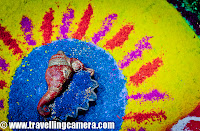 The Rangoli design and colors is the true identity of the festival. Different types of material is used in making Rangolis there days. It is a way
to welcome the lord and flowers have become of the main ingredients to design Diwali Rangoli. Apart from religious belief, it has become a fashionable thing to make best possible Rangoli to impress friends and godess Luxmi, of course.
The Rangoli design and colors is the true identity of the festival. Different types of material is used in making Rangolis there days. It is a way
to welcome the lord and flowers have become of the main ingredients to design Diwali Rangoli. Apart from religious belief, it has become a fashionable thing to make best possible Rangoli to impress friends and godess Luxmi, of course. 
 The Rangoli colors hold a
great importance in the culture of India. Originally folks used to use rice flour to make Rangolis. It was used either in dry form or mixed with natural colors & water. South Indians prefer to draw a Rangoli every morning, which can be easily seen around us. It's firmly believed that Rangoli keeps evil spirits
away from the home. It also brings prosperity and peace in the life of households. Diwali brings great
cheers to people and make them united in different forms. At the same time, economic situations change due to fast cash-flows and mass participation.
The Rangoli colors hold a
great importance in the culture of India. Originally folks used to use rice flour to make Rangolis. It was used either in dry form or mixed with natural colors & water. South Indians prefer to draw a Rangoli every morning, which can be easily seen around us. It's firmly believed that Rangoli keeps evil spirits
away from the home. It also brings prosperity and peace in the life of households. Diwali brings great
cheers to people and make them united in different forms. At the same time, economic situations change due to fast cash-flows and mass participation.
Diwali is the biggest
Hindu festival of India and Rangoli enlightens the festival with different
colors besides fire crackers. The gleam of Diyas and colors of Rangoli
makes the best combination to make festival bright. Nearly every household of India celebrating
Diwali decorates the house with a Rangoli, which is usually made in front of the main gate. And Rangoli is known by different names in different states of India.
Different names of Rangoli in various States of India -
While compiling this post, I found some intesrting links on web which share different designs and I loved the following because, each design is explained very well and it will help you in choosing the design which can work best for you
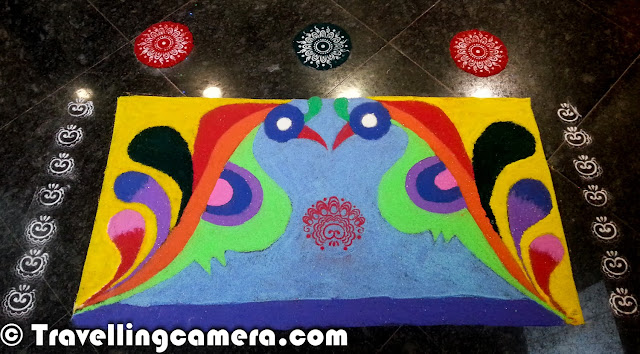









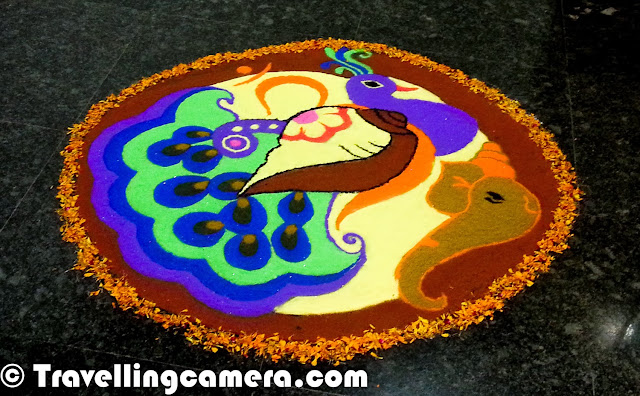






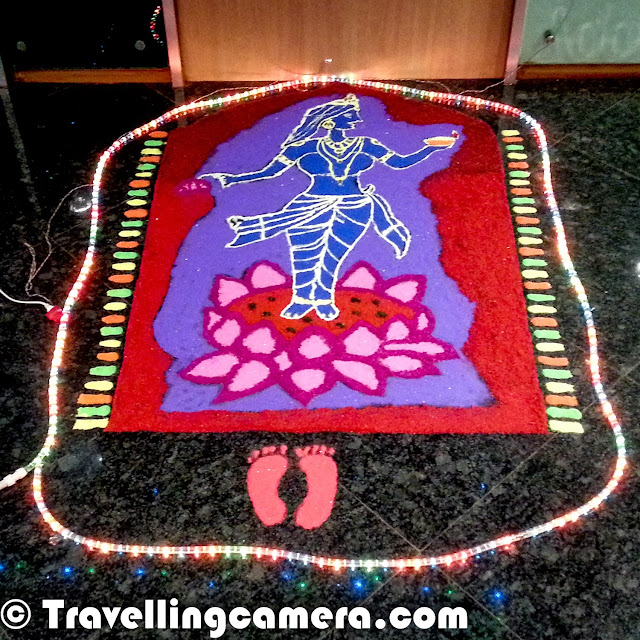


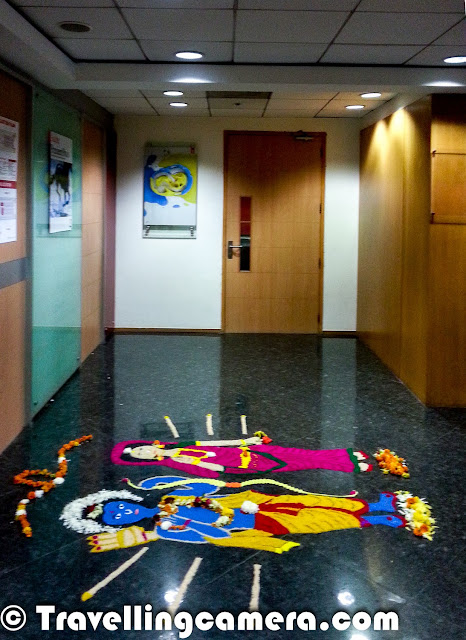
























.jpg)
Comments
Wish you a very Happy Diwali !
Happy Diwali!
Happy diwali !!
Thank you and Wish You a Happy Diwali.
Ms Sharma
http://summersofindia.blogspot.in/
Cheers,
Sriram & Krithiga